BYGONE DAYS: Ulster pigs boost from Australia after trial run success
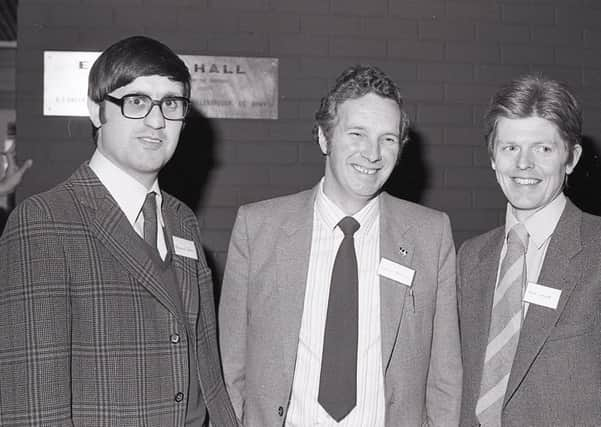

This news increased prospects of expanding a valuable export market, enhanced by Northern Ireland’s high veterinary health status.
Up to February 1982 only boars had been allowed into Australia but with Northern Ireland’s pigs satisfying the high standards, veterinary restrictions were expected to be relaxed to include gilts in the next consignment to Australia.
Advertisement
Hide AdAdvertisement
Hide AdConfident of the tremendous potential of the next export market “Down Under”, was Mr Chris Cullen of Animex, a livestock exporting company based in Killyleagh, Co Down, who had arranged the first two orders.
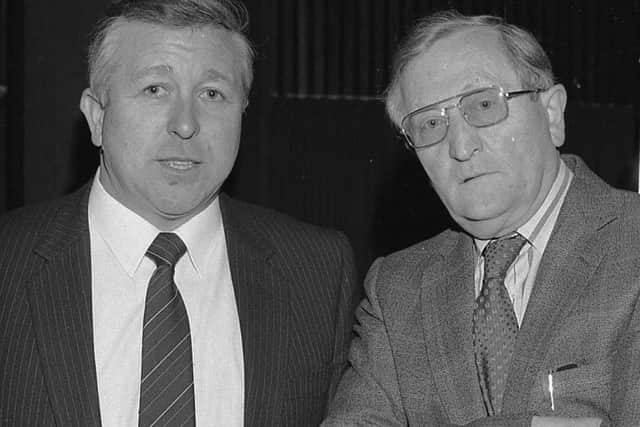

He had just returned from Australia after accompanying the latest consignment of 11 young boars on a 34 hour flight from Shannon in southern Ireland.
He spent two weeks in Australia during which time he met leading pig breeders keen to import Northern Ireland stock to improve their herds by giving a leaner carcase – Ireland and Canada were the only two countries from which Australia could export pigs because of stringent health regulations.
The first Northern Ireland pigs – 22 young boars – had been flown out in 1981, noted Farming Life, and already by February 1982 the progeny was “promising, displaying lean characteristics which the Australians are aiming to achieve”.
Advertisement
Hide AdAdvertisement
Hide AdThe latest batch of 11 boars, which were settling in to their new herds after stringent blood tests and quarantine, comprised six Landrace and five Large White boars.
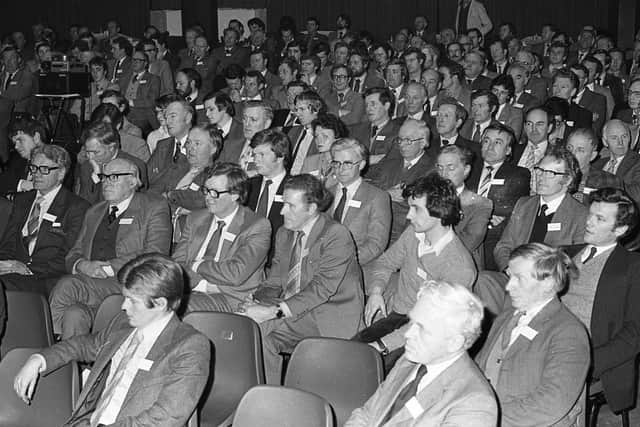

Three of the Landrace came from Omagh pig farmer Ashley Armstrong and three other were supplied by Farm Mark of Belfast from the herds of Robert Overend of Bellaghy, Co Londonderry (two animals) and John Warden from Millisle in Co Down.
All the Large White boars were from the herd of Verdun Hunter of Dungannon.
Six of the boars went to a herd of 3,200 sows of which the owners has been impressed by three Ulster pigs from the first consignment.
Advertisement
Hide AdAdvertisement
Hide AdMr Cullen found that Northern Ireland progeny were not much superior to the Australian fatter type of pigs on liveweight gains but the leanness improvement was evident with more consistent grading.
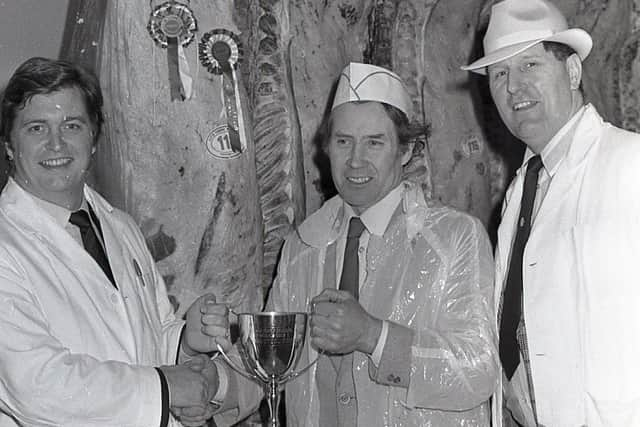

With feed costing only half the price in Australia as to that in Northern Ireland and lean carcases increasing market returns, pig production in Australia was a profitable section of livestock production.
Northern Ireland pedigree pig breeders, particularly those whose herds were backed by excellent performance records, were expected to play “a bigger part” in this improvement which could itself lead to increasing valuable exports, noted Farming Life.
Mr Cullen came away from Australia convinced that there “should be some lucrative orders coming through”.
Advertisement
Hide AdAdvertisement
Hide AdTop Australian Department of Agriculture officials felt that the initial imports had proved that veterinary regulations could be relaxed to the advantage of both countries.
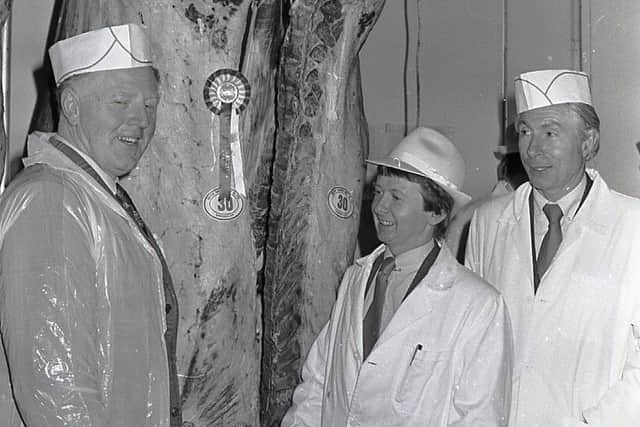

Boars had to be crated individually but if gilts were allowed it could lead to a big reduction in transport costs reported Farming Life.
Farm Mark’s Australian customer N and C Enterprises, a subsidiary of Noske Flour Mills Pty Ltd, a directly integrated company whose business activities included flour milling, baking, animal feeds compounding, pig breeding, pig AI and general farming.
Comment Guidelines
National World encourages reader discussion on our stories. User feedback, insights and back-and-forth exchanges add a rich layer of context to reporting. Please review our Community Guidelines before commenting.